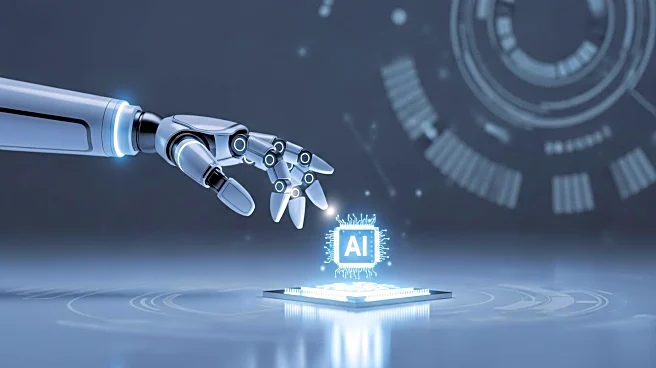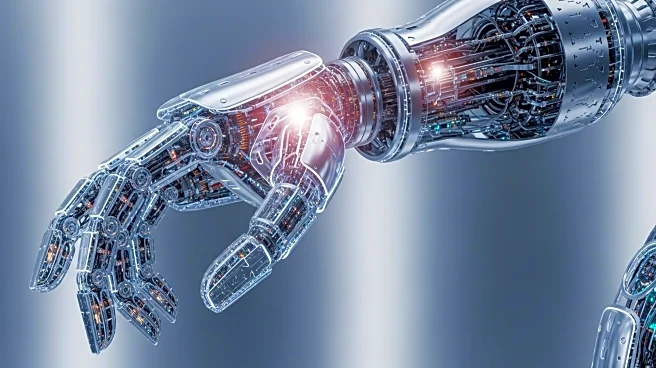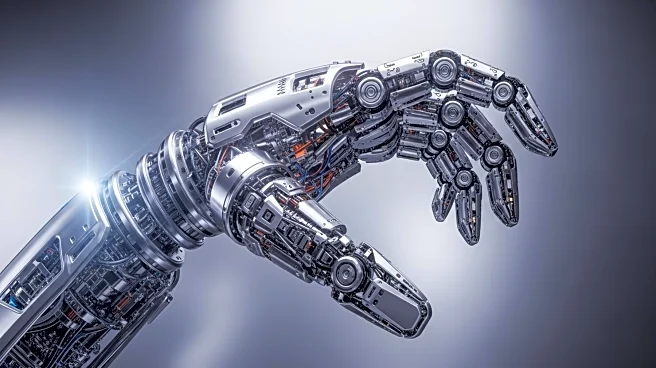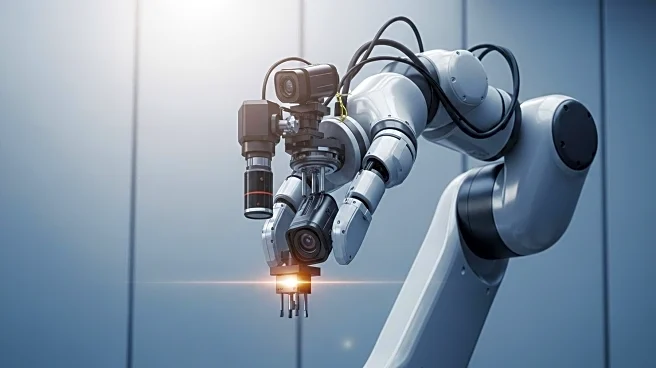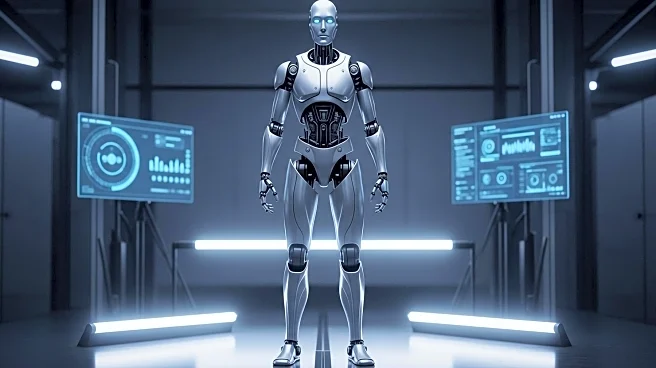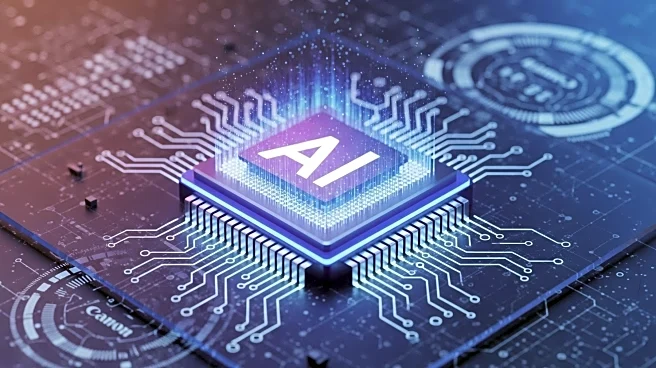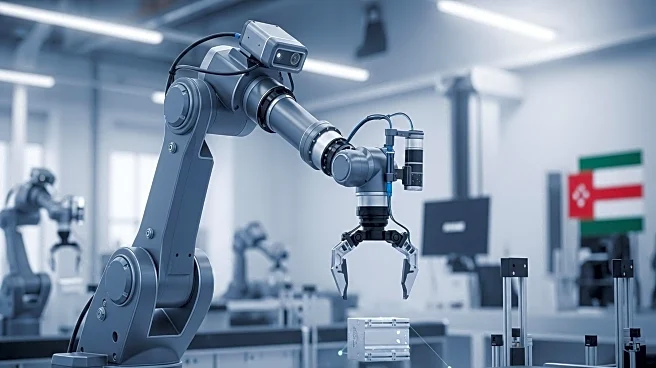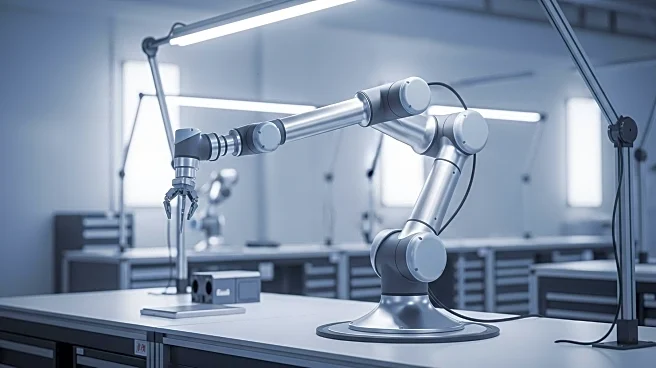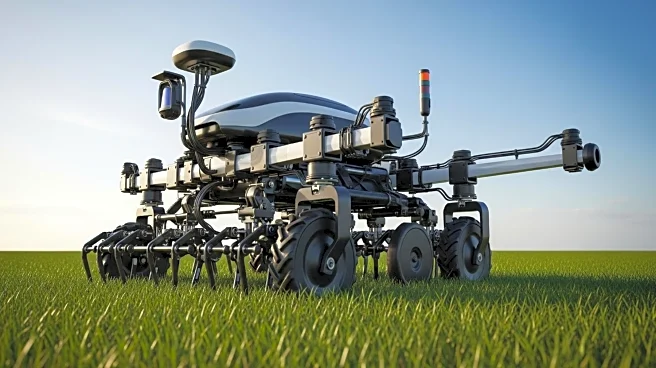What's Happening?
The American Bureau of Shipping (ABS) has announced a collaboration with robotics company Persona AI to develop a humanoid robot for use in shipyards. This initiative aims to leverage robotic systems to perform tasks with fewer workers, thereby freeing up personnel for other jobs. The humanoid robot will collect data for classification during ship construction, enabling remote survey techniques and helping to establish new class standards for data quality. The shipyard environment presents unique challenges for robots due to its dynamic nature, unlike assembly-line industries where tasks are more predictable. Despite these challenges, humanoid robots are gaining traction in shipbuilding, particularly in Korea, where automation is integral to the business model.
Why It's Important?
The introduction of humanoid robots in shipyards could revolutionize the shipbuilding industry by enhancing efficiency and reducing reliance on human labor for repetitive tasks. This development is particularly significant in regions facing labor shortages, as robots can step in when skilled workers are scarce. The collaboration between ABS and Persona AI marks a pivotal moment for the industry, demonstrating the potential for humanoid robotics to become a certified reality. As the technology advances, it could lead to new standards and practices in shipbuilding, impacting global maritime operations.
What's Next?
The first prototypes of humanoid welding robots are expected by the end of 2026, with plans for field testing and full commercial deployment in 2027. This timeline suggests that the shipbuilding industry could soon see significant changes in how ships are constructed, with robots playing a more central role in the process.
Beyond the Headlines
The use of humanoid robots in shipyards raises questions about the future of labor in the maritime industry. As automation becomes more prevalent, there will be a need to address workforce transitions and ensure that workers are equipped with the skills necessary to operate and maintain robotic systems.

